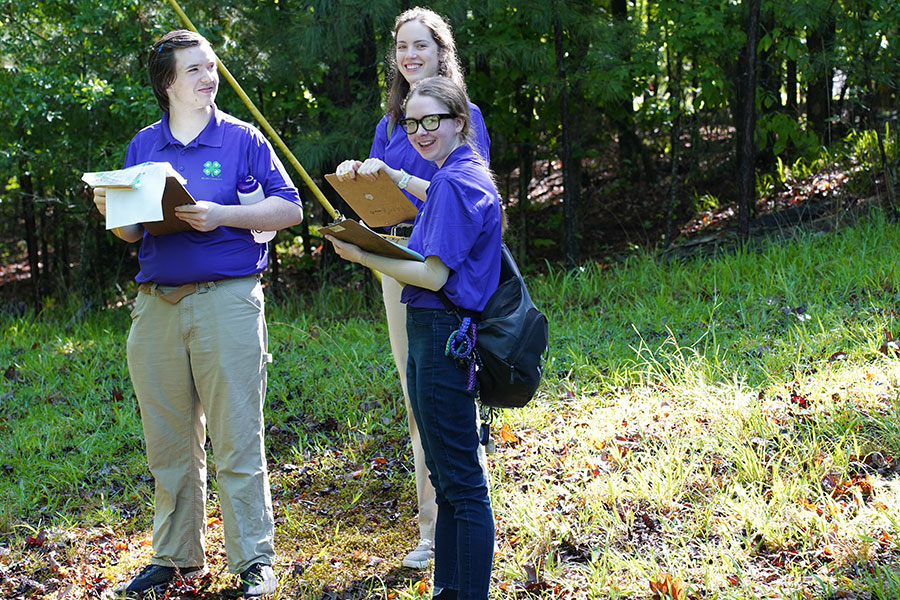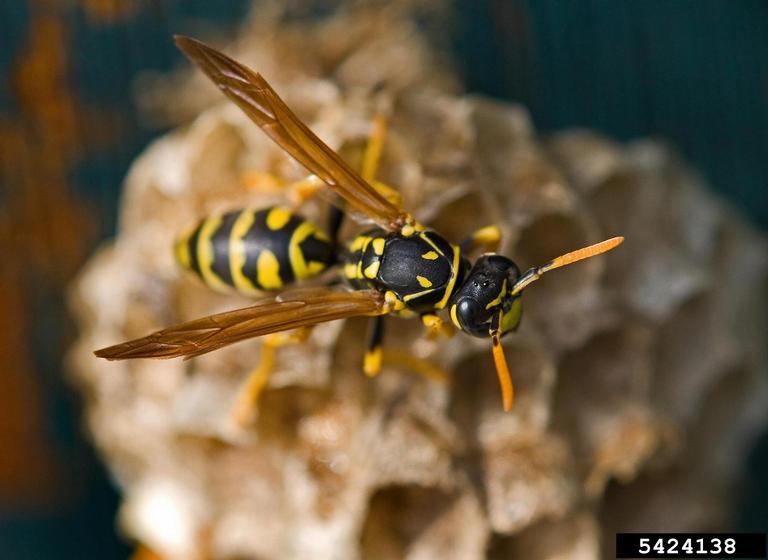No one knows where the cultivated garlic we know today came from. Ancient Greeks, Egyptians, Romans and Chinese wrote about it. Whatever its origin, though, garlic has captured the interest of gardeners and cooks alike.
It's easy to grow in Georgia home gardens, too. And garlic, a member of the onion family, persists in the garden for years.
Start garlic by planting small cloves, or divisions of the large bulb. Each bulb contains a dozen or more cloves. Plant each clove separately. The larger the clove, the larger the size of the mature bulb at harvest.
Don't divide the bulb until you're ready to plant. Early separation of the cloves will lead to lower yields. Select "seed bulbs" that are large, smooth, fresh and free of disease.
The best varieties for Georgia gardens are:
- California Early (or Early California Braiding) is a well-known white cultivar commonly seen in markets. It has 10 to 20 cloves per bulb and matures in about seven months. But it stores for only four to six months.
- California Late (or California White) has firm, strong-flavored bulbs of high quality. The skin is light pink to deep red. Bulbs mature eight months after planting, about two to four weeks later than California Early. This is the best keeper, and it's good for braiding.
- Italian is a pungent variety usually considered a generic name for small, strongly flavored garlic.
- Italian Red has large, easily peeled bulbs. It's very strong, with a spicy flavor garlic connoisseurs prefer. It's an excellent keeper.
- Italian Purple has purple cloves arranged radially around a stout stem. The bulbs have no enveloping skin. Cloves can be easily pulled off.
- Chilean produces white, flat bulbs. The cloves are uniform in size with a pink to purple cover. It has specific day-length requirements for bulbing.
- Rocambole is the serpent garlic, famous for the convolutions of its flower stalk.
- Top-setting garlic is a distinct type that produces bulbs as well as a cluster of bulbils at the top of the stalk.
- German Red yields a large, bright-purple bulb that weighs about one-quarter pound with eight to 12 cloves per bulb. It's recommended for those who will use a lot of garlic quickly or who will preserve the garlic.
- Spanish Roja is a large gourmet type with reddish skin and 10 cloves per bulb. It also has smaller bulbils on the top stems. With pungent flavor, it peels easily and is an excellent keeper.
- Creole bulbs have a purple cover and small, randomly arranged cloves. It has a small cluster of bulbils above the main bulb.
Garlic grows best on fertile, friable loam soils with lots of organic matter. Gardeners who grow good onion crops can grow good garlic.
Garlic does well at high fertilizer levels. Apply three pounds of 10-10-10 per 100 square feet. The bulb will be small if the soil is too dry and irregular in shape if the soil becomes compacted.
Plant cloves in the fall to allow enough time for the plants to mature by the next summer. To permit full development, the latest garlic can be planted in Georgia is February or early March.
Fall soil preparation is best if the soil can be fertilized and planted with minimum tillage in the spring. Plant the cloves 3 to 5 inches apart in an upright position (to ensure a straight neck). Cover them to a depth of one-half to 1 inch. Allow 18 to 30 inches between rows.
The bulbs may be harvested when the tops start to dry, usually in July. Place the bulbs on trays with screens or slatted bottoms and remove the tops when dry. The mature bulbs are best stored in a cool, dry place.
If you grow only a few plants, braid the tops together with twine and hang the bulbs to dry.






